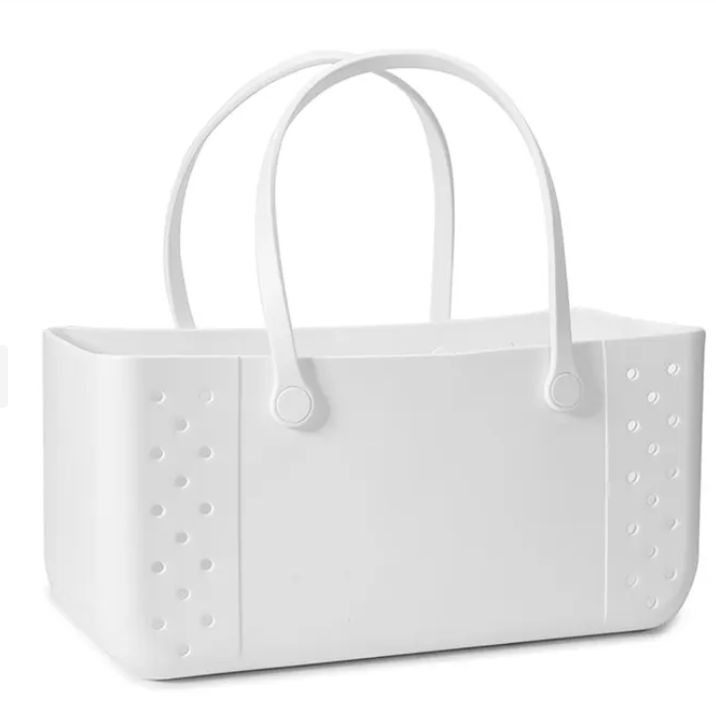
מה גורם לכיסאות חוף EVA להיות ייחודיים? התיקוּף של אתילן-酢טט ויניל (EVA) גורם לכיסאות החוף להבלט בשל התיקוּפם המדהים, תכונה קריטית לסביבת חוף. אתילן-酢טט ויניל מפורסם בזכות עמידותו, מתנגד למתיחה ו...
הצג עוד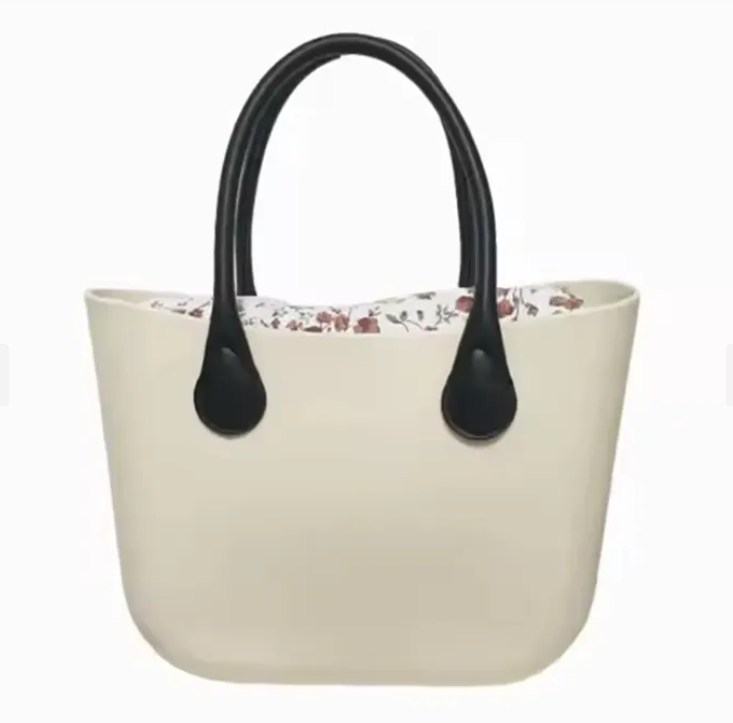
למה כיסאות חוף EVA הם חיוניים לימים בחוף עמידות בתנאים חוליים ובזבובים כיסאות חוף EVA הם אלופים בהישגתם לעמוד בתנאים חוליים ובזבובים. ידועים בעמידותם הגבוהה בפני נזקים, וה-EVA (אתילן ויניל אצטט...)
הצג עוד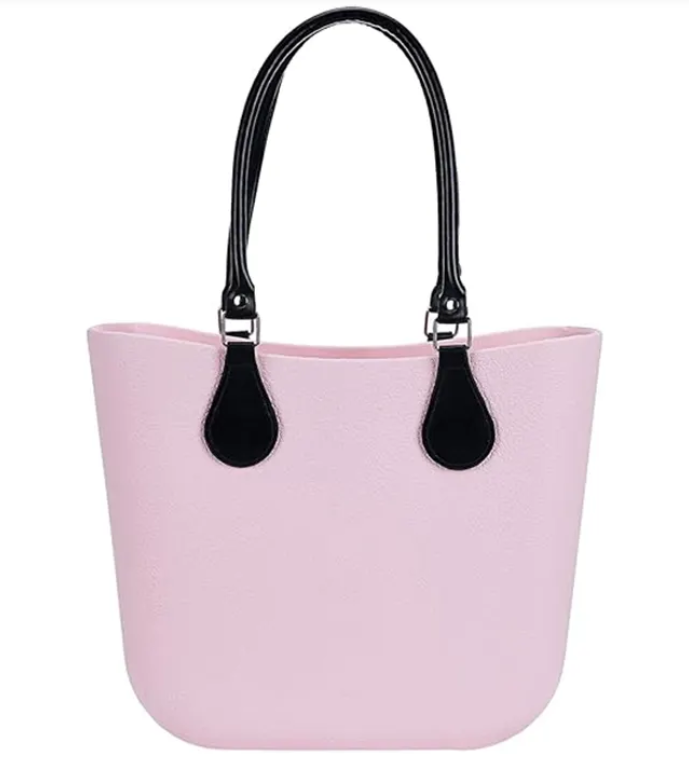
מדוע חומר EVA מושלט על כיסאות שזירה תכונות מימן ומחוספסים של חומר EVA, או Ethylene Vinyl Acetate, הוא החומר המושלם לכיסאות שזירה בגלל איכותיו המופלאות של מימן. התכונות האלה עושות את ה-EVA בחירה מצוינת...
הצג עוד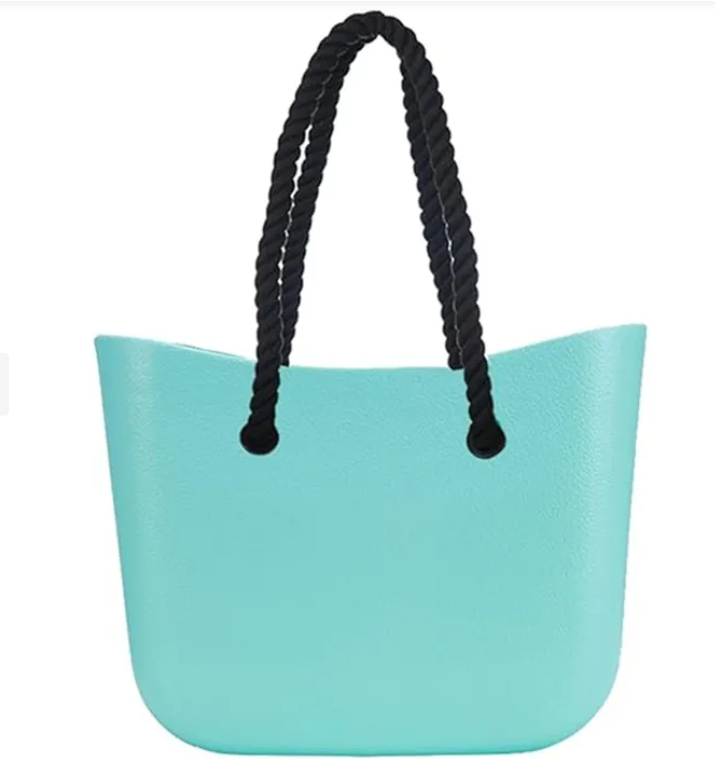
מדוע כיסאות שזירה עשויים EVA הם חיוניים לטיפוסי שזירה עמידות יוצאת דופן בהשוואה לתיקי מסע מסורתיים כיסאות שזירה עשויים EVA, שנעשו מעץ-vinyl acetate, מתגאים בעמידות יוצאת דופן בהשוואה לתיקי מסע מסורתיים. העמידות של החומר ’ וה...
הצג עוד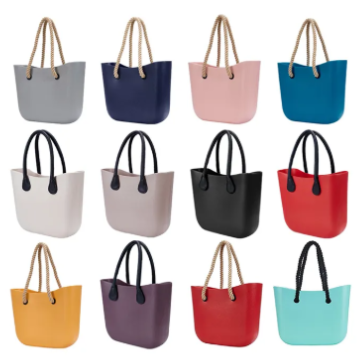
היתרון של עמידות של כיסאות שזירה עשויים EVA תכונות מימן ומחוספסים העמידות של כיסאות שזירה עשויים EVA מוגברת באופן משמעותי על ידי תכונות המימן והמחוספסים שלהם. נוצרו מחומר robust, התיקים האלה...
הצג עוד
מה הם שקיות EVA? תרכובת חומר ותכונות עיקריות פירוט של חומר EVA (酢תילן-ויניל) חומר זה הוא קופולימר של אצטילן וויניל אצטט שידוע בשל יישומים המגוונים שלו בתחומים שונים. החומר הזה...
הצג עוד
יצירת תיאורי מוצרים ברורים ומושכים יוצרים תיאורי מוצרים ברורים ומעוררים עניין הם חיוניים כדי לעזור לקונים פוטנציאליים להבין טוב יותר את התוכן שהוצע, במיוחד כאשר מדובר בפריטים שניתן להתאים להם. כדי ליצור תיאורים יעילים,...
הצג עוד
הכרת חומר EVA לצרכים מותגים מה גורם לחומר EVA להיות החבר הכי טוב של מעצב? חומר EVA מבלט כחבר הכי טוב של מעצב בגלל שקל מאוד, מה שמאפשר תחבורה קלה והכנת מוצרים מותגים בכל רחבי...
הצג עוד
EVA לעומת PVC לעומת TPU: תכונות-material עיקריות מוסברות הבנה של התכונות הבסיסיות של EVA, PVC ו-TPU יכולה להועיל בצורה רבה בחירה של החומר הנכון לשימושים שונים, במיוחד בתיקי נסיעת ובציוד חוץ. מה גורם ל-EVA...
הצג עוד
תכונות מפתח של חומר EVAמיטוביות והפחתת רעידותחומר EVA (Ethylene Vinyl Acetate) זוכה להערכה רבה בשל המיטוביות שלו, מה שופך אותו לחומר מועדף במספר תחומים שבהם אדפטיביות חשובה. המיטוביות הזו מאפשרת לאחד את ה-EVA...
הצג עוד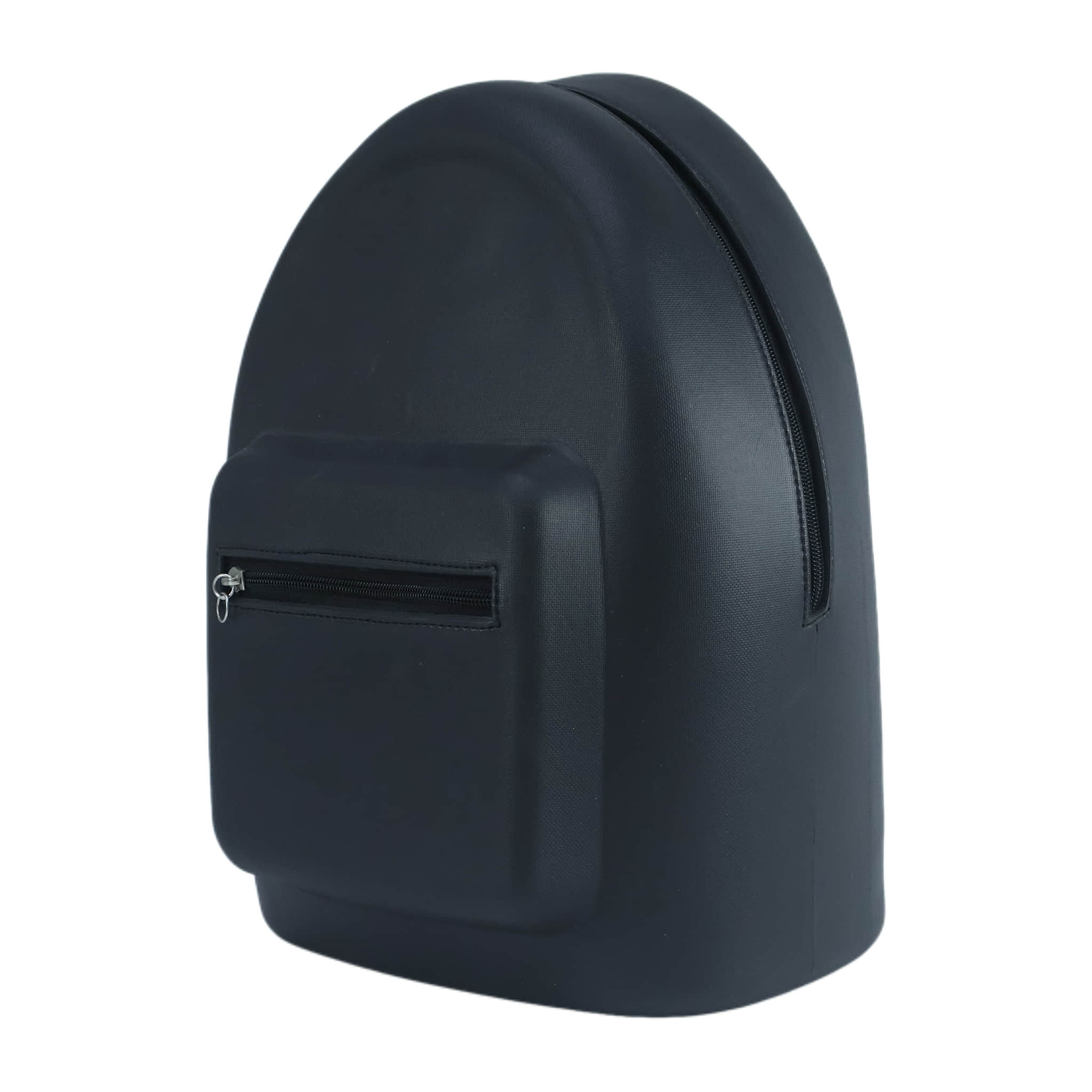
האם שמתם לב איך תיק ה-EVA השתלט על עולם האופנה? העיצוב האלגנטי שלו מעור עור מחוספס תופס את העין שלכם מיד. אתם תאהבו איך שהוא משלב אלגנטיות עם פרקטיות. סלבריטאים כמו אווה מנדס נשבעים בו, וזה...
הצג עוד
הבנת תיקי חוף EVA: פתרון מושלם לקיץ תיקי החוף EVA, המייצגים את אתילן-ויניל אצטט, הופכים לאביזר המהותי ליציאות קיץ. ידועים בתכונותיהם הקלות והגמישות, תיקי אלו מיוצרים מ...
הצג עוד